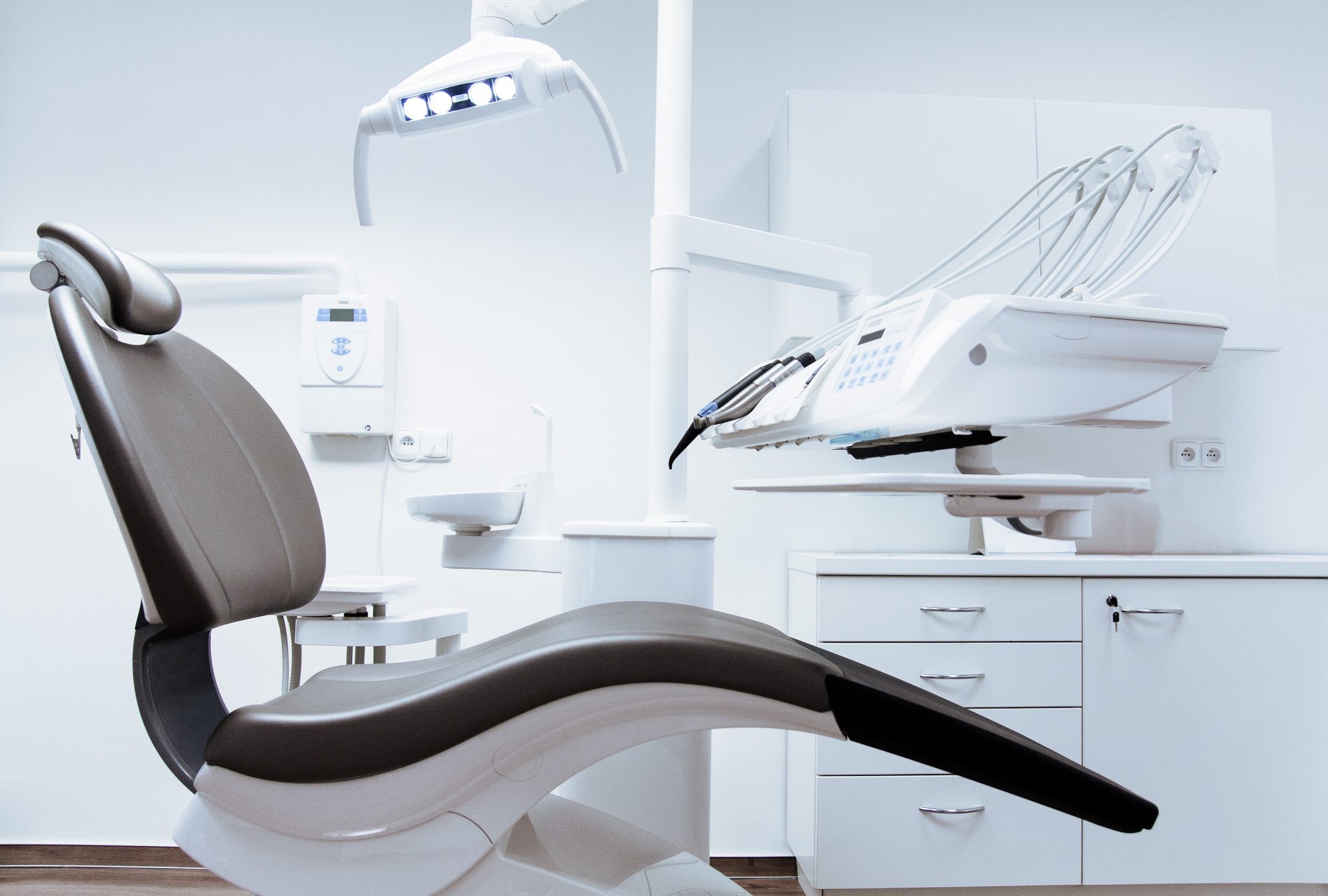
Manage The Empty Spaces From Missing One to Three Teeth
Long-term Advantages of Dental Bridges
Missing teeth can make us self-conscious and uncomfortable. A dental bridge not only restores your smile but also offers long-term benefits for your remaining teeth and overall oral health. Advantages of a dental bridge include:
Comfort
This immediate advantage has a direct impact on our well-being. Regain a natural look and sensation, smile and eat confidently, and restore the beloved smile you once had. Missing teeth can lead to discomfort and challenges in speaking and eating. Dental bridges offer a durable solution, providing relief from the discomfort caused by missing teeth for over ten years with proper care.
Tooth health
The interdependence of your teeth and their role in maintaining facial structure are crucial. When teeth are missing, it can disrupt your bite and create gaps that allow other teeth to shift. However, a dental bridge effectively prevents tooth shifting, reducing the risk of decay, periodontal disease, jaw pain, and TMJ disorders caused by misaligned teeth.
Bone health
Maintaining healthy and stable teeth promotes the well-being of your jawbones. When our dental health deteriorates, it negatively impacts the bones and tissues that provide support to our teeth. By stabilizing your dental health through a dental bridge, you can effectively slow down the rate of bone loss associated with missing teeth.
The Cost Of A Dental Bridge in Oakdale
Determining the cost of a dental bridge involves several factors, including:
- The type of bridge and the materials used in its fabrication.
- The number of missing teeth that need to be replaced.
- The location and complexity of the procedure.
- The condition of the teeth adjacent to the gap.
- The necessary supplies and equipment for your specific treatment.
It’s essential to note that providing an accurate quote over the phone is not possible for any dental practice. Your dental needs are unique, just like your smile. To obtain precise information about treatment options and an accurate cost estimate, it is important to consult with a dentist and undergo an oral examination. If you have dental insurance, we can provide you with a quote to submit to them, enabling you to determine your out-of-pocket expenses before making a decision.
Contact us today
to schedule an initial consultation & exam.
Your consultation will include an examination of everything from your teeth, gums and soft tissues to the shape and condition of your bite. Generally, we want to see how your whole mouth looks and functions. Before we plan your treatment we want to know everything about the health and aesthetic of your smile, and, most importantly, what you want to achieve so we can help you get there.
Frequently Asked Questions
Dental bridges can last anywhere from 5 to 15 years or even longer with proper care and maintenance. However, the longevity of a dental bridge depends on various factors, including oral hygiene practices, the materials used, and individual habits.
The process of getting a dental bridge typically involves local anesthesia, so you shouldn’t feel pain during the procedure. However, it is common to experience some mild discomfort or sensitivity after the placement, which can be managed with over-the-counter pain relievers.
Dental bridges are designed to restore normal function, allowing you to speak and eat comfortably. While it may take a short adjustment period to get used to the bridge, most people find that their ability to speak and eat improves significantly after getting a dental bridge.
Dental bridges can be customized to match the color, shape, and size of your natural teeth, ensuring a natural-looking appearance. Skilled dentists strive to create bridges that seamlessly blend with your existing teeth, making them hardly noticeable.
There are alternative options for replacing missing teeth, such as dental implants and removable partial dentures. Dental implants are surgically placed artificial tooth roots that provide a durable and long-lasting solution. Removable partial dentures are removable appliances that replace missing teeth but may not offer the same stability as dental bridges or implants. The most suitable option for you will depend on various factors, including your oral health, preferences, and budget. Consulting with a dentist will help determine the best alternative for your specific situation.






